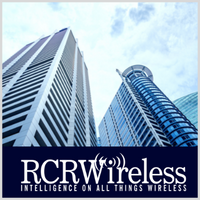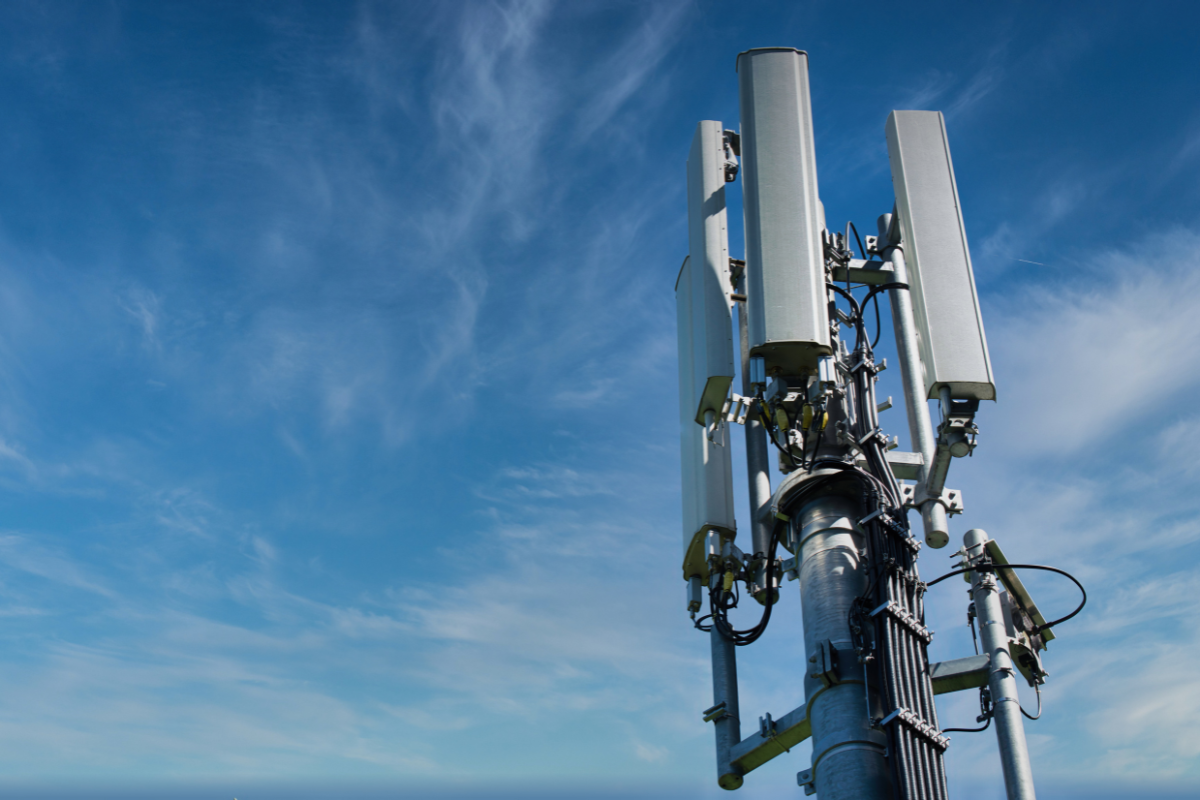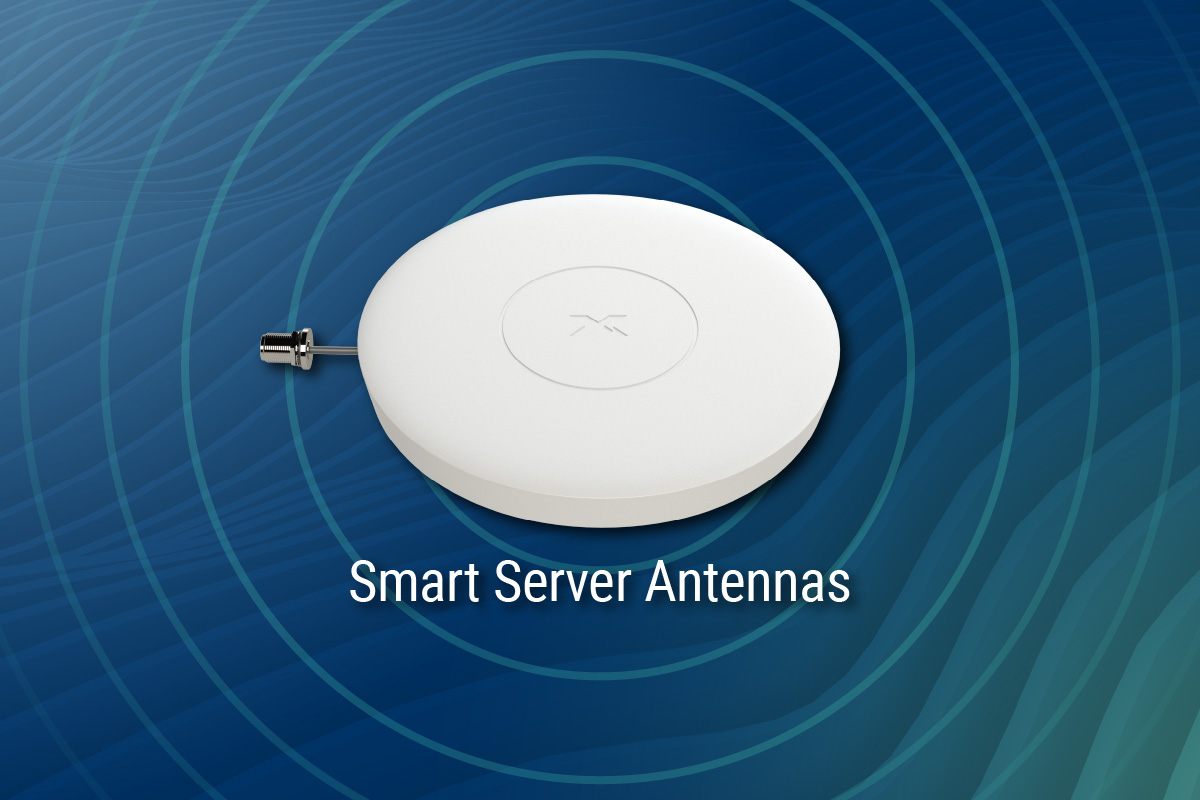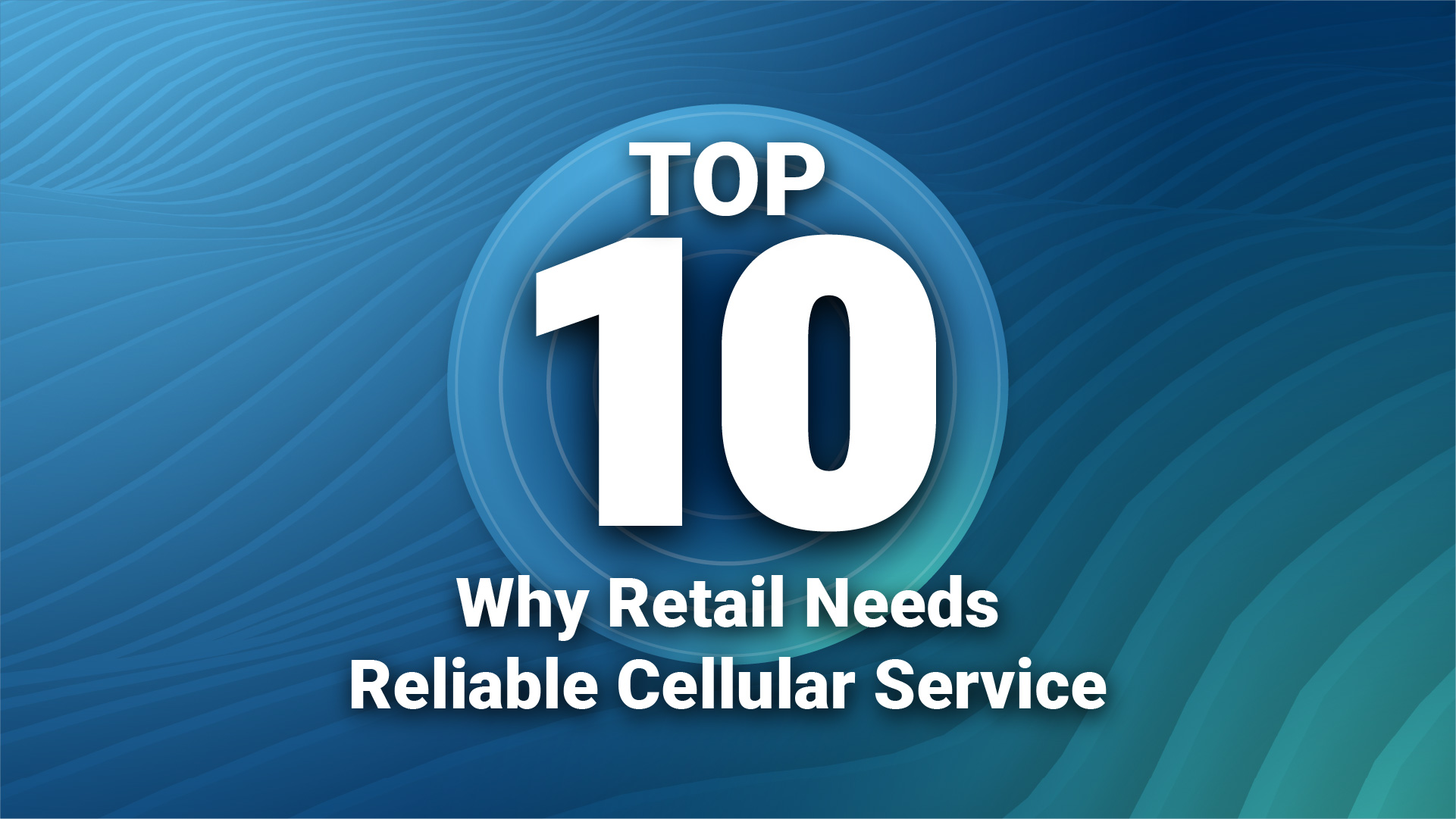Nextivity demystifies in-building cellular networks and explains how CEL-FI solutions shorten time-to-value from months to weeks
Having ubiquitous, reliable, and performant in-building cellular service isn’t a courtesy. These days, it’s how business gets done. Businesses continue to ratchet up cellular data use as new use cases for mobile communication seem to pop up continuously, promising improved business communication, better worker productivity, and greater institutional efficiency than ever before. But getting ubiquitous coverage indoors or on campus using traditional Distributed Antenna Systems (DAS) is an expensive, time-consuming proposition that only works for the biggest businesses. Nextivity’s award-winning CEL-FI cellular solutions provide enterprises with a pathway to indoor cellular at a much lower cost, with fewer deployment headaches.
What’s driving this need for enterprises to focus on in-building coverage themselves? In short, it’s the tension between how business gets done and how mobile networks are built. While Communication Service Providers (CSPs) have spent billions to secure spectrum and build out their macro networks, many have had to pause or eliminate in-building and small cell network buildouts.
In fact, the onus for providing that service has shifted in many cases to the businesses themselves, said Stephen Kowal, Chief Commercial Officer of Nextivity. In a recent chat with RCR Wireless Editor-in-Chief Sean Kinney, Kowal said that ubiquitous mobile coverage is increasingly perceived as a basic business utility, the same as heat, water, and electricity.
Distributed antenna systems (DAS) provide enterprises with performance and reliability for their in-building cellular networks and are the de facto standard for large companies. But traditional DAS installations present significant drawbacks, which can limit their deployment, scalability and efficacy. DAS systems require enterprises to make significant capital and logistical commitments and timelines that can wreak havoc on the enterprise bottom line, said Kowal.
“Traditional DAS systems require an infrastructure and ecosystem, which adds to the cost and time to deploy. Most traditional DAS solutions require a fiber backhaul, and they need a base station. Both of these add substantial cost to installation,” said Kowal.
Establishing a signal source – or multiple signal sources, if the business needs to support more than one carrier – presents another significant challenge that can tie up the enterprise further.
“Typically, the network operators need to be included in this discussion, which means multiple retransmission agreements,” said Kowal.
The bottom line: It can take 12-18 months for a business to get its DAS-based solution off the ground. That can leave businesses scrambling for coverage options or other interim solutions, driving up costs and increasing complexity. This has left a big gap in the market, Kowal said.
“In desperation, a lot of building owners have turned to consumer-grade wideband repeaters, that deliver poor results,” he said. These types of repeaters, which capture, amplify and distribute outdoor macro signals can interfere with carrier networks, potentially open up a host of issues. Nextivity’s IntelliBoost processor offers full transparency to and seamless integration with carrier networks.
Simplifying DAS
Nextivity’s CEL-FI QUATRA solutions offer an alternative by using best-of-breed passive DAS technology combined with Nextivity’s Smart Signal technology. CEL-FI QUATRA is an active DAS hybrid system that provides 3G, 4G, and 5G voice and data capabilities. The system features category cable architecture, with the Network Units (NU) powering and delivering signal to the Coverage Units (CU) via Power over Ethernet (PoE), he said.
“That means we have no signal attenuation [issues] out to the Coverage Unit,” said Kowal. “All these solutions are 100% network safe, with a no-noise guarantee.”
The solution can either be tethered to a small cell in order to help achieve uniform coverage and capacity distribution, or it can work off-air altogether. 5G and fiber extenders for larger campus deployments are also options.
“All of this can be deployed in weeks,” he said, compared to the months or year-plus timeframe for a traditional fiber backhaul DAS solution.
Deployment of a Nextivity CEL-FI solution starts with the system integrator, said Kowal. The integrator works with the client to understand their specific needs. With that done, existing campus coverage will be mapped. The integrator and Nextivity work closely with the client to come up with a bill of materials that provides the coverage needed.
“We do a site visit. We take measurements and pictures, we do a site walk to determine existing coverage. And we begin planning out where this equipment is going to go.”
Cabling, antenna and equipment configurations are plotted, while Nextivity’s signal aiming tools help optimize signal quality for the installation.
“This varies widely based on how open the floor plan is, the type of walls being used, and the size of the building. Now we look at the signal source: Where is the donor antenna going to be placed? Where are we going to aim it? Or are we going to leverage a small cell,” he asked.
“We’re able to set it up, do the diagnostics and then ultimately long-term manage this,” said Kowal.
The goal, he said, is to work with the system integrator and the client to create a consistent and repeatable process that can be duplicated across multiple corporate campuses to help speed deployment.
For customers with larger campuses and deployments, Nextivity’s CEL-FI QUATRA products provide some flexibility especially when the Network Unit and Coverage Unit need to be more than 100 meters from each other, said Kowal. One option is a CEL-FI QUATRA Range Extender that doubles that distance to 200 meters using conventional copper cabling.
“Our newest component, the CEL-FI QUATRA Fiber Range Extender, can extend ranges up to two kilometers,” he said. “That’s been a game-changer for us.”
As businesses grow, CEL-FI QUATRA provides a modular design with scalability designed for the future. “An integrator can go as big and small as needed with this solution,” he said.
Nextivity’s focus currently is on “middleprise” customers – commercial properties ranging from 100-500,000 square feet.
“We can handle large open spaces like warehouses, data centers, manufacturing, or big box retail stores. These are normal installations for us,” said Kowal. Schools, hospitals, and medical centers present another growing market for Nextivity, he added.
“The awareness and need of in-building cellular is at an all-time high now. When you see the expansion of 5G and 5G cellular hardware, it’s really not surprising,” said Kowal.
CEL-FI QUATRA provides businesses with a lower-friction pathway to equipping their facilities with end-to-end coverage than ever before, and are easier to integrate into existing IT workflows, said Kowal.
“Today they’re still dependent on the integrator to put it in, but that looks a lot more like a traditional IT integrator than a special RF integrator. By bringing these solutions to look more alike, it makes the enterprise feel a lot more comfortable with the solution they install,” he said.
For more information on the importance of in-building cellular coverage, as well Nextivity’s unique approach to providing it, check out this limited podcast series that explores the ins and outs of this important topic here.
A version of this article was originally published by RCR Wireless News.




